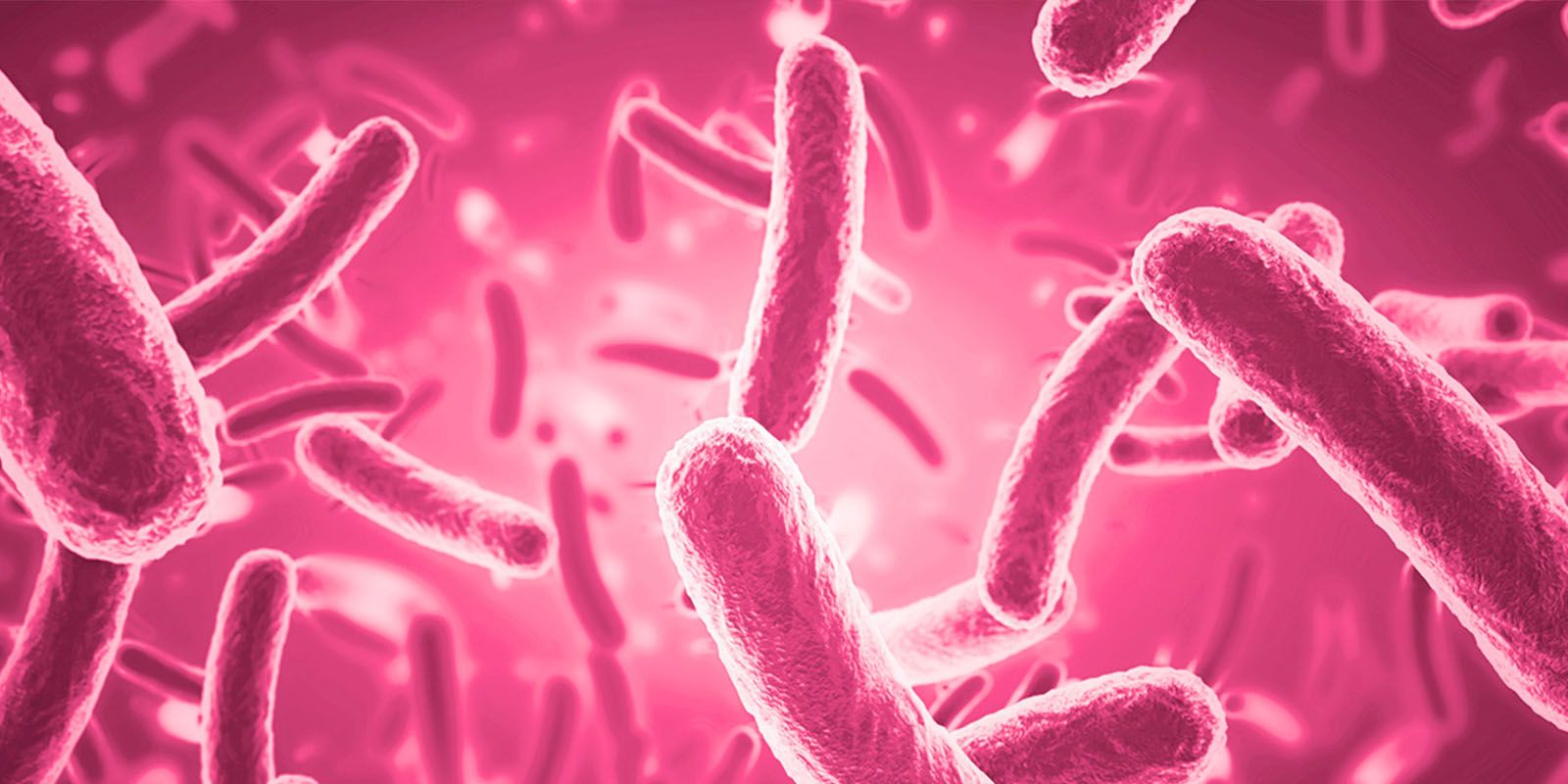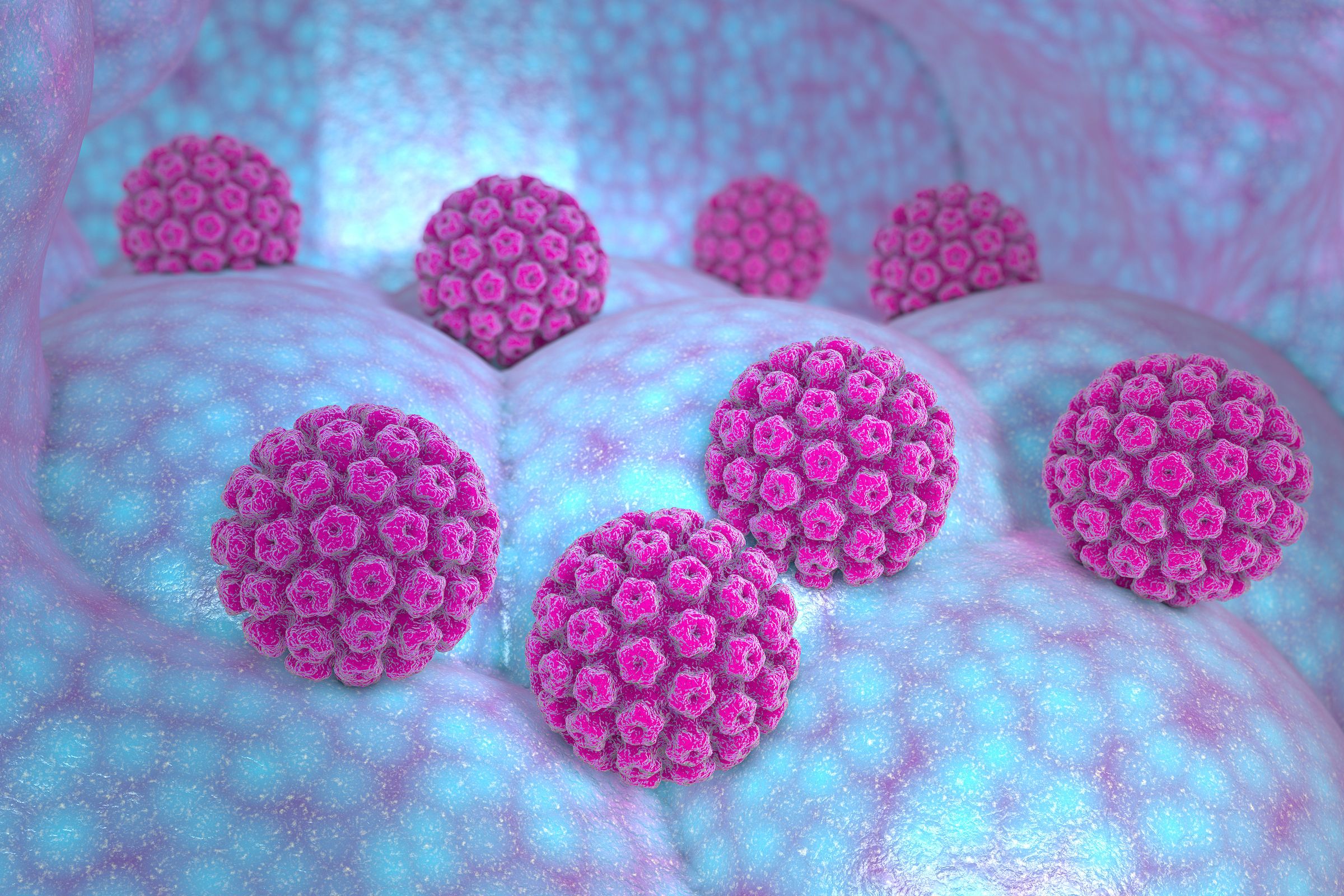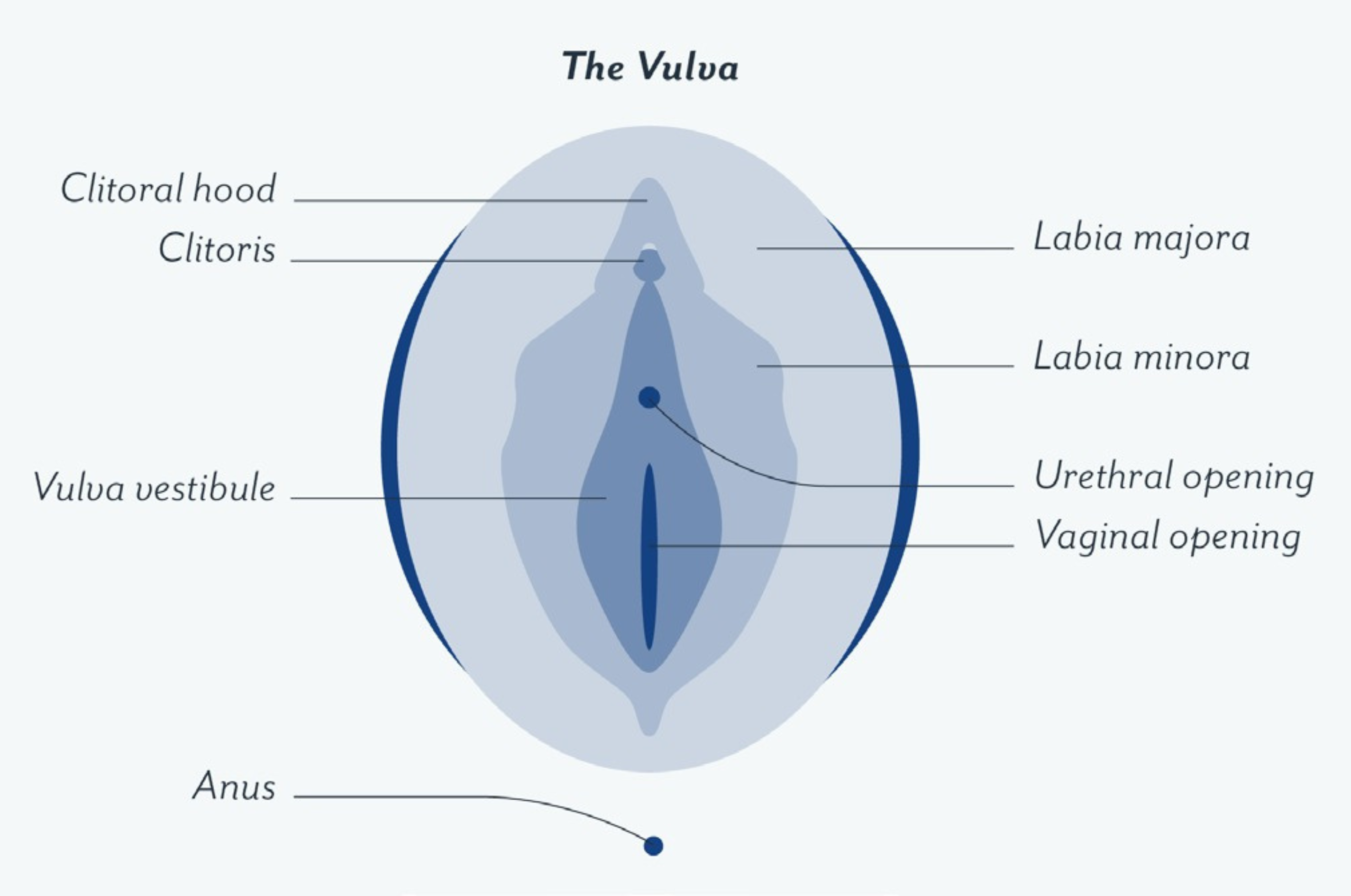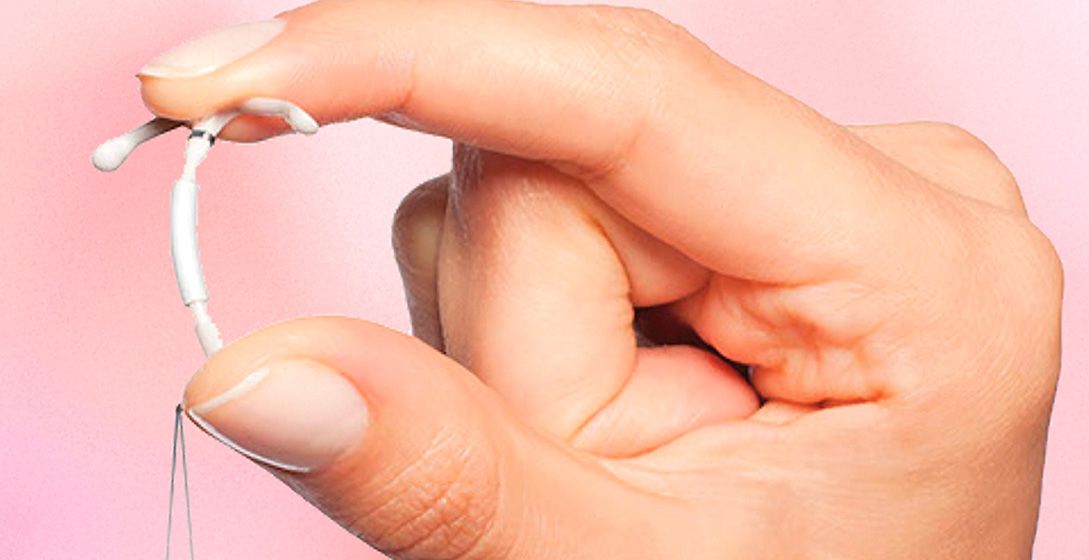Bacterial Vaginosis
Bacterial Vaginosis
What is bacterial vaginosis?
Bacterial vaginosis (BV) is the most common cause of abnormal vaginal discharge. 1 in 3 people with a vagina will have BV at some time in their life.
What causes BV?
BV is caused by an imbalance in the bacteria that is naturally found in the vagina.
Healthy vaginas usually have high numbers of a bacteria called lactobacilli. Lactobacilli protect the vagina and keep it healthy. When BV occurs, lactobacilli is replaced by BV causing bacteria. It is not really understood why this happens.
However, BV is more common in people who:
...
- Last updated on .








